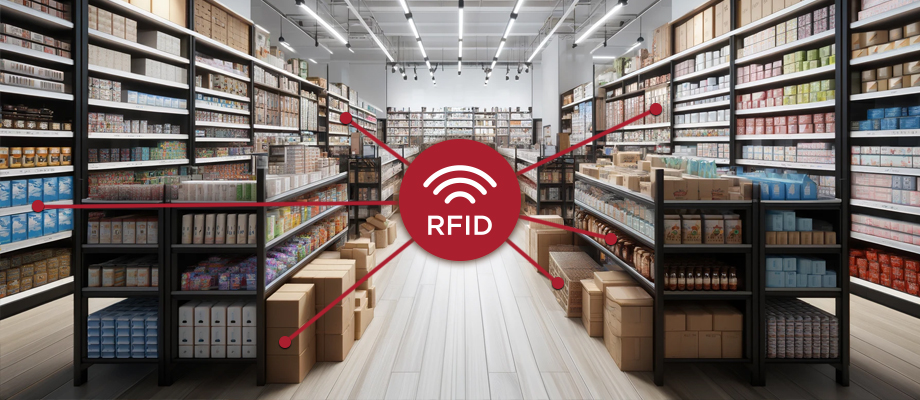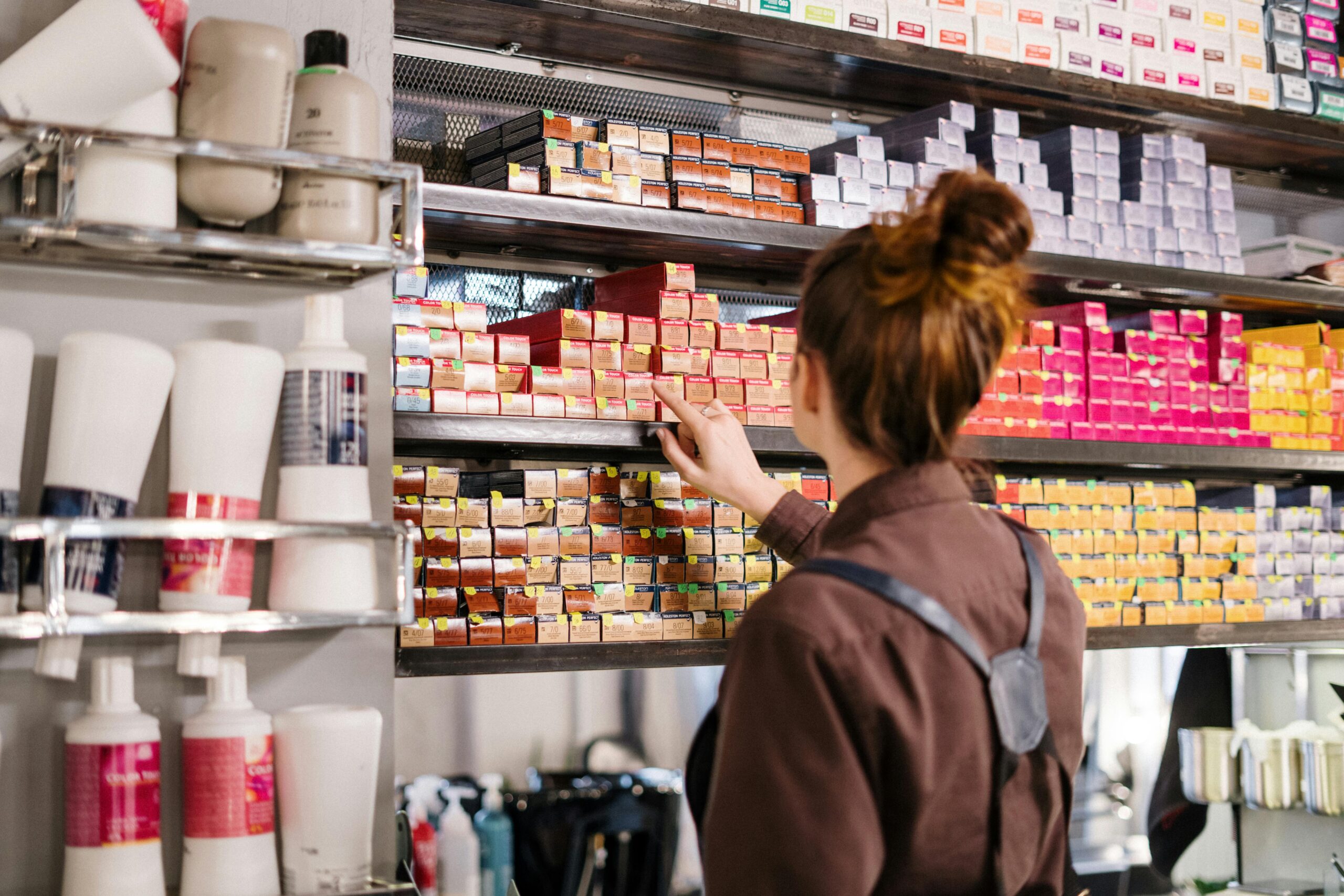How RFID in Retail is Enhancing the Customer Experience

Although around for decades, an increasing number and variety of retailers are utilizing radio frequency identification (RFID) smart labels to streamline inventory management, improve security and enhance the customer experience.
Are you a consumer-packaged goods (CPG) manufacturer or supply chain professional delivering products through retail channels? Some retailers are now requiring RFID on a broad range of products. Proactive suppliers should build RFID into products to meet customer demand and satisfy retailer expectations.
Inventive Applications for RFID
RFID has long been a clothing store inventory management tool but made a critical leap forward when Walmart adopted the technology in 2003. This tech may have been in use for decades but was held back from ubiquitous adoption by some misconceptions.
According to Retail Dive: “One reason many retailers miss out on the full potential of RFID is the belief that only certain types of merchandise, or only expensive products, benefit from being tagged.”
Often, many retailers believed that RFID was only relevant for soft goods such as apparel, towels and linens. In actuality, almost anything can be tagged.
RFID offers the insights and solutions to ensure products are actually stocked in the right place, with the right information and the right price::
- Inventory counting. Use of RFID greatly simplifies and improves the inventory process, both for the retailer and for the CPG manufacturer. Inventory counting that previously took hours, or even days, to complete can be completed in a matter of minutes using RFID technology.
- Improved inventory accuracy. For the retailer, improved inventory accuracy results in increased product availability to support omni-channel (on-line) fulfillment processes.
- Receiving and processing inventory. Readers can be used to read product RFID tags upon arrival and update store inventory systems.
- Enhanced inventory management. RFID tags can reduce cycle time and increase products available for sale by notifying employees when specific SKUs are out of stock, inventory is low or product is in backroom storage, and by auto-reordering products.
- Smart shelving. Retail employees can use RFID data to locate products in-store and easily direct customers to items.
- In-Store traffic pattern analysis. RFID can be used to track item movement throughout a store. Data can then be analyzed to learn daily high-traffic end caps, pinch points, and different consumer and product paths.
- Temperature tracking. RFID product tag sensors can monitor products that need to stay at specific temperatures, such as perishable items.
- Unique product usages. RFID is an adaptable technology that can be applied to unexpected products:
- Generally, RFID can’t be placed on bottles that have intimate contact with liquid, which would exclude pool chemical products and most lawn & garden products with spray triggers or bug spray. One of the workarounds used by label and packaging manufacturers is placing RFID tags on the trigger mechanism, with colors to blend in and be indistinguishable to consumers. New RFID technologies are now in development that overcome these limitations and should open use of RFID in these applications in the near future.
- A unique kind of hang tag can go over the top of a water-based product in a way that won’t be obvious to consumers. The RFID is placed behind the hang tag to avoid contact with water, integrating the primary packaging label and the RFID label into a single product.
The Numerous ROI Benefits of RFID
You’re incentivized now more than ever to incorporate RFID tags into any number of your products. The average cost of an RFID tag has fallen in the last decade. The prices of RFID readers have also dropped, by nearly 50%, and their accuracy has doubled and range more than quintupled, says BizTech Magazine.
Retailers can use this highly affordable tech to gather more data about their customers and products.
“Before Walmart started down their RFID journey, to get data they would have to send people out with handheld barcode readers and take an item level inventory, and that number was about 65% accurate,” explains Kevin Frydryk, Vice President, Markets & Products for Resource Label Group. “Once they started using RFID in inventory management, the accuracy went up to 95 to 98%. Increases in inventory accuracy then result in direct increases in top-line revenue.”
CPG manufacturers and supply chain distributors can reap an ample return on investment (ROI) by meeting retailer requirements for RFID. The team of experts at Resource Label Group have the knowledge, industry experience and latest technology to implement RFID in your brands.
Ready to revolutionize your labels?
Reach out to our skilled team at Resource Label Group to find out how we can help your branding reach the next level. Together, we can create a beautiful label that helps tell your company’s story to the world.
Find the best solution that makes the most sense for your brand.
Tags:


